From April 29 to May 3, a group of 17 full-time, part-time and exchange students of the MBA class of 2015/16 embarked on their last fun trip of their MBA journey. The trip´s destination could not have been more exciting, exuberant or exhilarating: Hong Kong. The MBA program of HKUST, Hong Kong University of Science and Technology, invited the Nanyang MBA as well as 7 other teams from Singapore, China and Hong Kong to participate in a full day soccer tournament at their beautiful seaside soccer field.
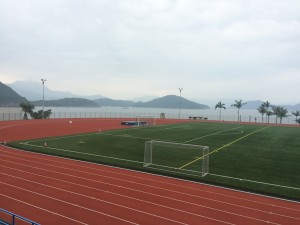
The NBS soccer team had practiced hard and was well prepared and pumped when they boarded the flight to Hong Kong on a Friday afternoon. The players, who were supported by four dedicated cheerleaders from their MBA class, showed great excitement and enthusiasm for the tournament ahead and the class outing to Hong Kong started with great fun and laughter already on the flight to the venue.
Once arrived in the city of 7 million people, busy financial centers, super tall buildings and a seemingly endless skyline, the players and their supporting team took of to find a good place for the last supper before the big game. Well fed, the group made an excursions to Hong Kong´s ferry terminal, the best viewing spot to take impressive photographs of the city´s skyline, but returned to their accommodation early to rest well for the match day.
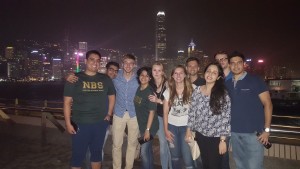
On Saturday morning, the HKUST representatives fetched a joyful yet exhausted NBS group to shuttle them to the soccer field on the HKUST campus. As the program is coming to an end, many final project are due soon, and the weeks before the trip had been tough so that the bus ride to the tournament venue was much less agitated than the flight on the day before. Travelling to HK, and the excitement of the vibrant city, had exhausted the players who now had to focus on the matches ahead of them.
The tournament started off with an intensive game against an MBA team from Hong Kong, followed by an encounter with the HKUST international alumni. When the NBS players finally met with a Chinese team, exchange student Patrick scored the first goal for NBS, and great cheering started from the side slide. Unfortunately, the NBS team was eliminated from the tournament after the first group stage, but thoroughly enjoyed the day, the amazing venue as well as the hospitality of HKUST, and left the field and without any injuries – a great success in itself!
During the following three days after the tournament, the class ventured out into the city in small groups and explored the streets of Hong Kong, visited breath-taking view points and embarked on jaw-dropping tours across the island. After cable-car rides to Big Buddha, double decker bus tours along the shore of Hong Kong, a short visit to the HSBC headquarters including a tour through the historic building, and finger-licking good meals at Hong Kong´s local restaurants, a happy but tired MBA cohort returned to Singapore with bags full of good memories, thousand of pictures, and an enormous sleep deficit. What a great trip!
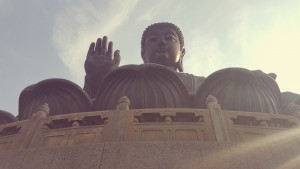
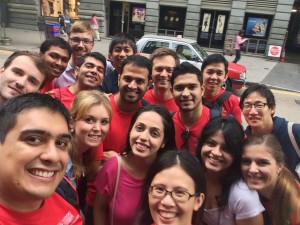
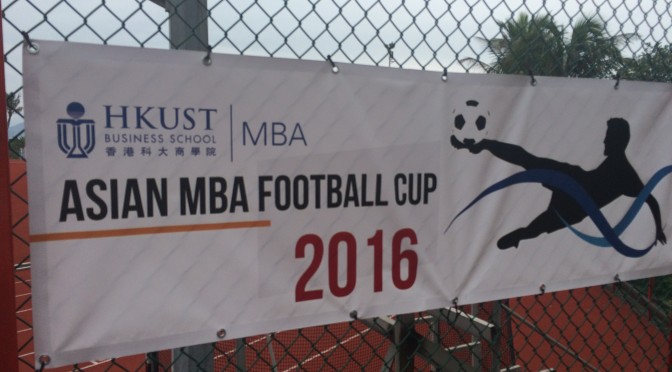
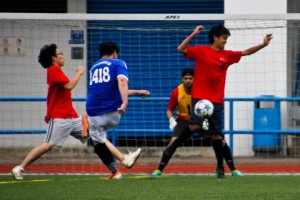

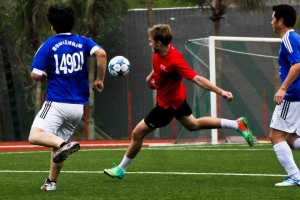

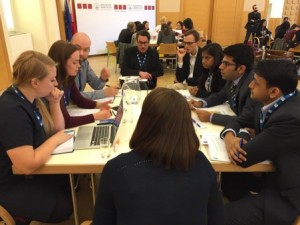
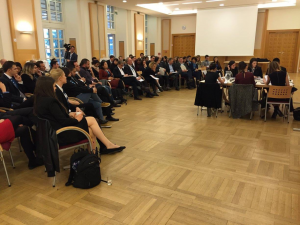
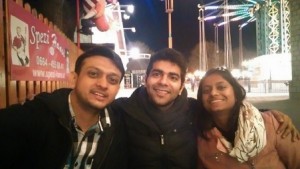
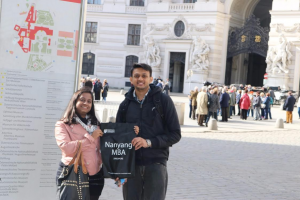

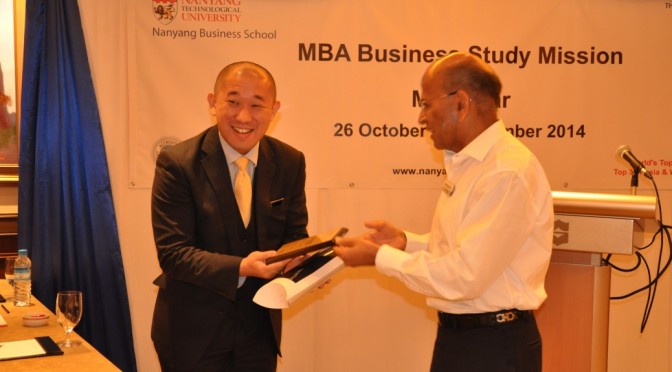

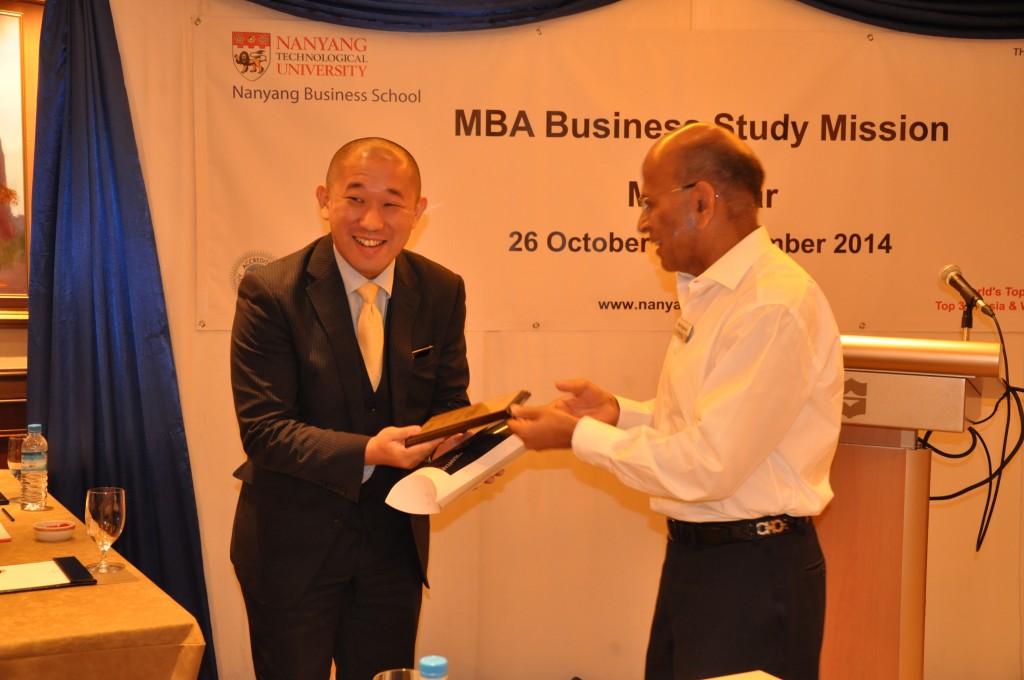
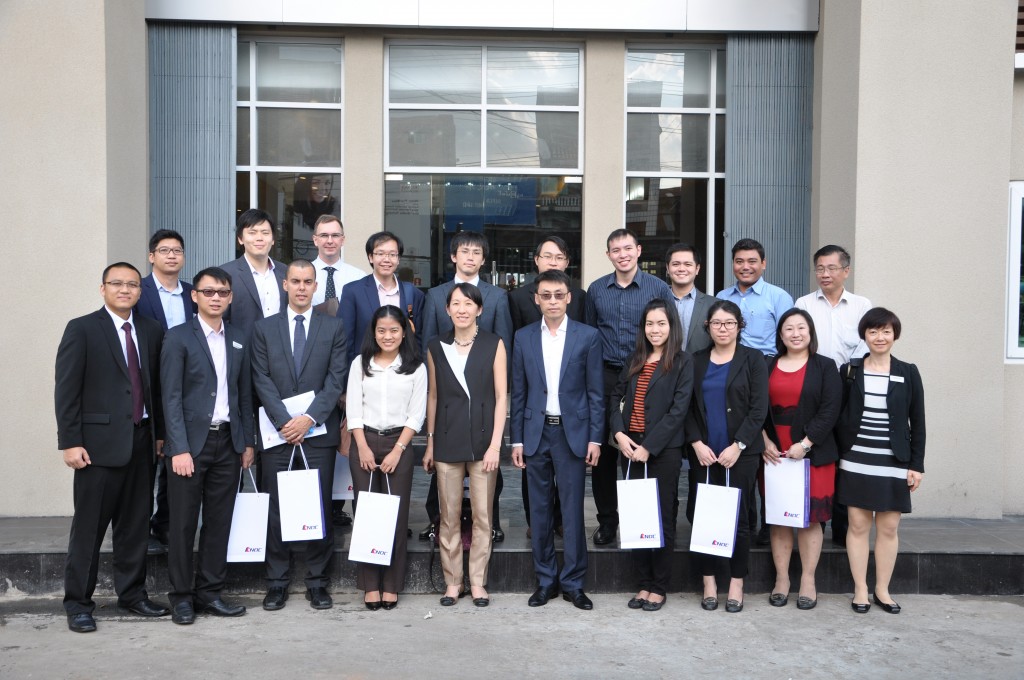


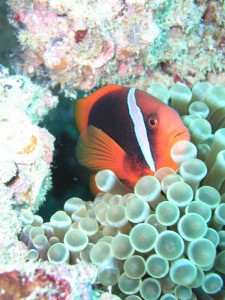











You must be logged in to post a comment.